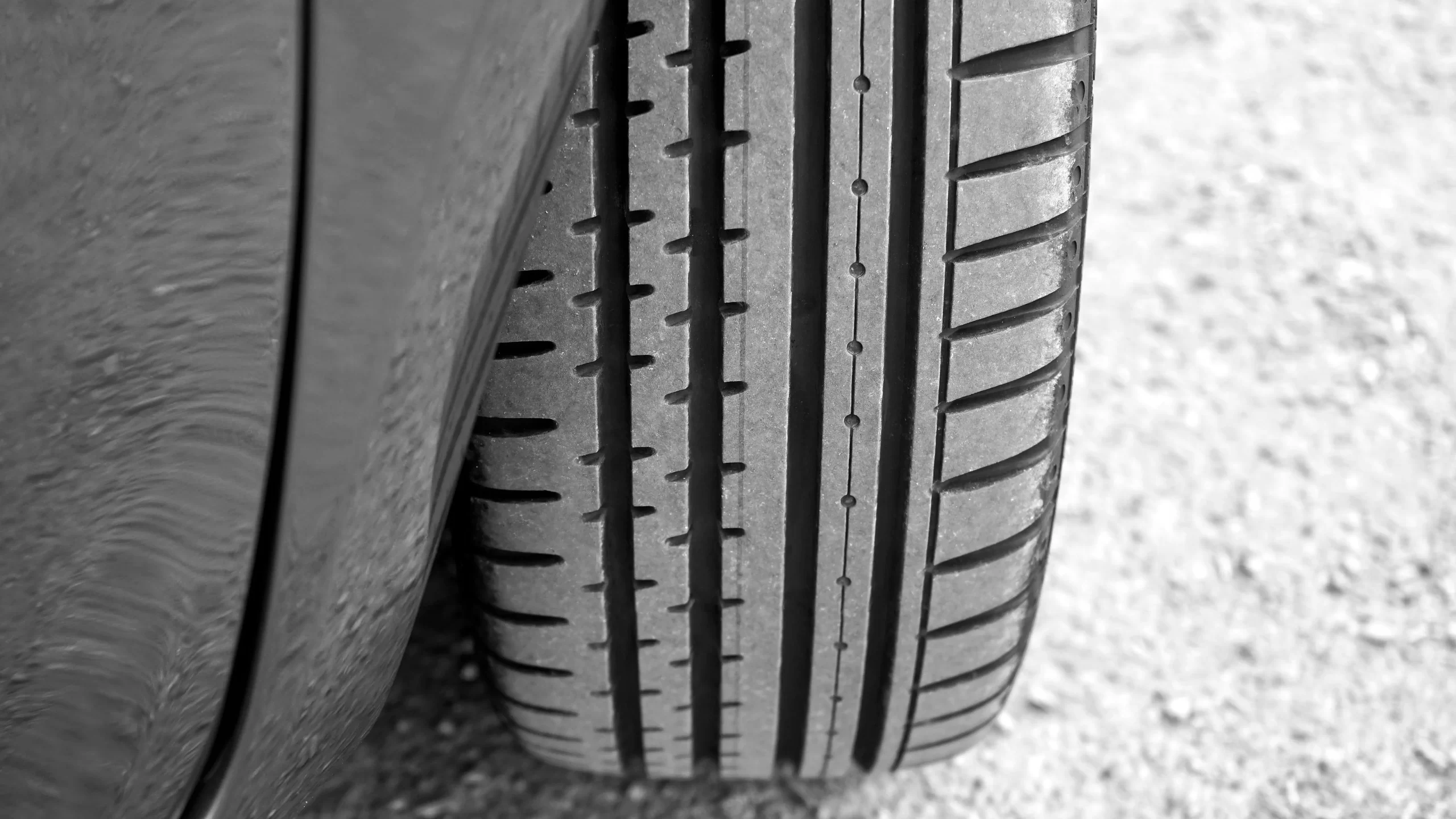
Proper tire tread depth is critical for safety, fuel efficiency, and wet-weather traction. While many drivers wait until their next oil change to have tires inspected, you can easily check tread wear yourself in seconds—no special tools required. Here are three simple methods anyone can use.
Why Tread Depth Matters
- Legal Minimum (Most States): 2/32″ (Bald tires are unsafe and illegal)
- Recommended Replacement Point: 4/32″ for better wet braking
- New Tires: Typically 10/32″ to 12/32″
Dangers of Worn Tires
❌ Increased Hydroplaning Risk (Less tread = less water evacuation)
❌ Longer Stopping Distances (Especially in rain or snow)
❌ Higher Blowout Risk (Thinner tread = overheating)
3 Simple Ways to Check Tread Depth
1. The Penny Test (For Minimum Safe Tread)
- Step 1: Insert a penny into the tread groove with Lincoln’s head upside down.
- Step 2: If you can see all of Lincoln’s head, your tread is ≤ 2/32″ (time to replace).
- Step 3: Check multiple spots (inner, middle, outer tread).
Note: If the tread covers part of Lincoln’s head, you’re still safe—but getting close to replacement time.
2. The Quarter Test (For Better Wet-Weather Safety)
- Step 1: Use a quarter instead of a penny.
- Step 2: If the tread touches Washington’s head, you have at least 4/32″ left.
- Step 3: If not, consider replacing soon for better wet traction.
3. The Tread Wear Indicator Bars (Built-In Warning)
- Most modern tires have small rubber bars (≈ 2/32″ tall) inside the grooves.
- If these bars are flush with the tread, your tires are legally worn out.
Bonus: Check for Uneven Wear (Sign of Alignment Issues)
- Feather Edging (One side of tread blocks worn more) → Alignment problem
- Center Wear (Overinflation)
- Edge Wear (Underinflation)
Fix alignment/rotation issues early to extend tire life.
When to Replace Tires (Beyond Just Tread Depth)
Even if tread looks okay, replace tires if:
✔ Cracks/Dry Rot (Sidewall weathering)
✔ Bulges or Blisters (Internal damage risk)
✔ Punctures Near Sidewall (Unrepairable)
✔ Older Than 6 Years (Rubber degrades over time)
Final Tip: Check Monthly for Best Safety
- Make tread checks part of your monthly maintenance routine.
- Rotate tires every 5,000–7,500 miles to ensure even wear.
Do you use the penny test, or another method? Share your tricks below!






Leave a Reply